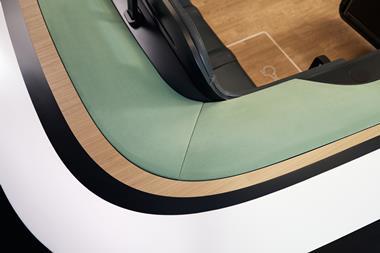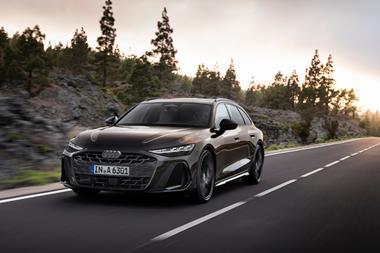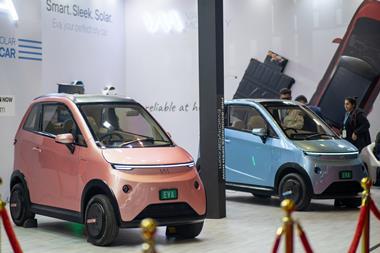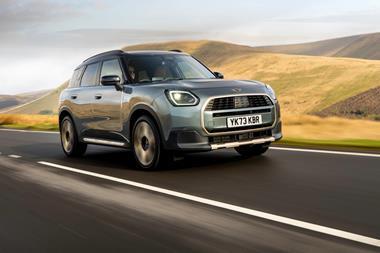BASF is an innovator when it comes to plastics and materials. What sort of materials might we see emerge in the foreseeable future?
Andreas Mägerlein: I’m sure there will be a big change in the outer shell of cars. We’ll see more morphing surfaces. There is always tension between aerodynamics and design. Designers would like to have a certain silhouette even if it’s horrible from an aerodynamic point of view, and they don’t like these little lips and spoilers. So we need materials that can adapt.
What other changes could be enabled by new materials?
Alexandre Dreyer: We will see thermoplastic materials replace metal for a more lightweight construction, as well applying alternative ways to give colour, thereby reducing harmful emissions in car interiors. We are also working with translucent materials that can provide seamless display or interface panels for the autonomous driving car interiors of the future.
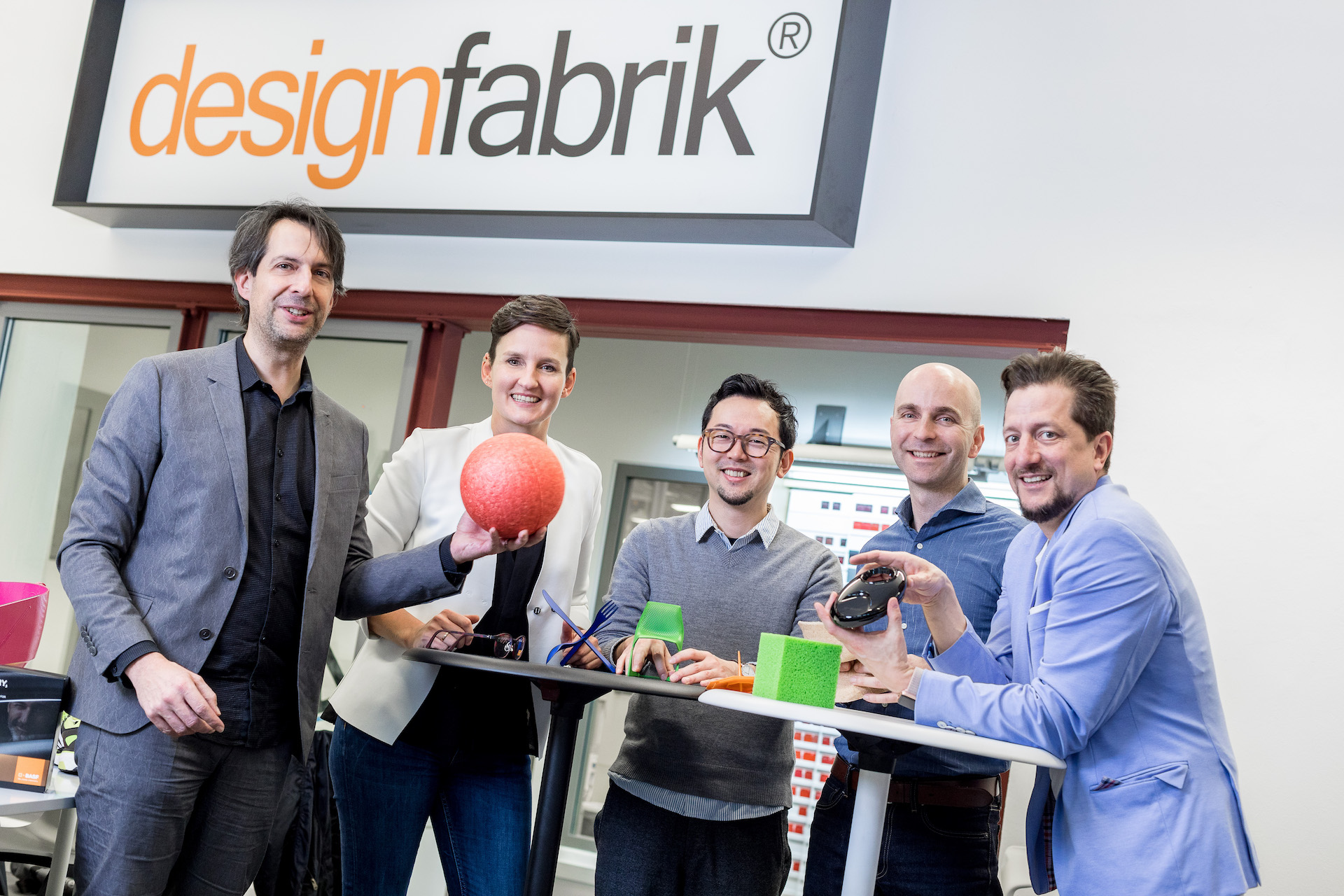
How does BASF designfabrik aim to help automotive designers with hurdles like these?
Andreas: Designfabrik began in 2006 in Germany as a part of BASF’s colour competence centre for plastics, but of course designers were not just interested in colours, so we started to think about a service all around the topic of design and plastic parts. Sometimes OEM designers have ideas and need a suitable material, and sometimes we offer new ideas about material for the dashboard, or bumpers or whatever.
It can be like playing ping-pong: we offer a material, they give feedback. It can become a very dynamic process when it comes to concept cars. Applied properly, plastic can be a very powerful material, but if a designer doesn’t know enough about a technology, they will always lose the argument. So we support designers, to help them defend their choice of materials.
Alexandre: Then in 2014, designfabrik was expanded in Japan and then in Shanghai in the middle of 2016. And like in Europe, we exchange ideas and expertise about our materials with designers. The inspiration goes both ways, that’s how we make it work.
Sometimes designers visit us to experience materials first-hand and to get inspiration; sometimes they need help with a project; and sometimes we visit them and show them new materials we think may be relevant. There’s unparalleled specialised knowledge within BASF covering pretty much any field you could name. We act as the intermediary, to make sure designers get access to that expertise.
Is it difficult to stay up to date, to know the best experts for a topic?
Andreas: Yes, but it’s a lot of fun. We have experts dedicated to products under the hood, to car interiors and so on, but we’re often transferring ideas from one industry to another.
Car designers today are asking us how particular problems are solved in the office furniture industry, for example. As soon as our researchers have something new that’s ready to be commercialised, they often use designfabrik as the first place to show it to people.
Alexandre: I agree with Andreas, in Asia, we have been working hand-in-hand with brands and designers to co-create solutions for their products. In Chinaplas 2017, we featured a few Asia brands such as Yan Feng, Midea and Putao that we worked together to co-create designs and solutions for their products. The journey was tough but the rewards were fulfilling.
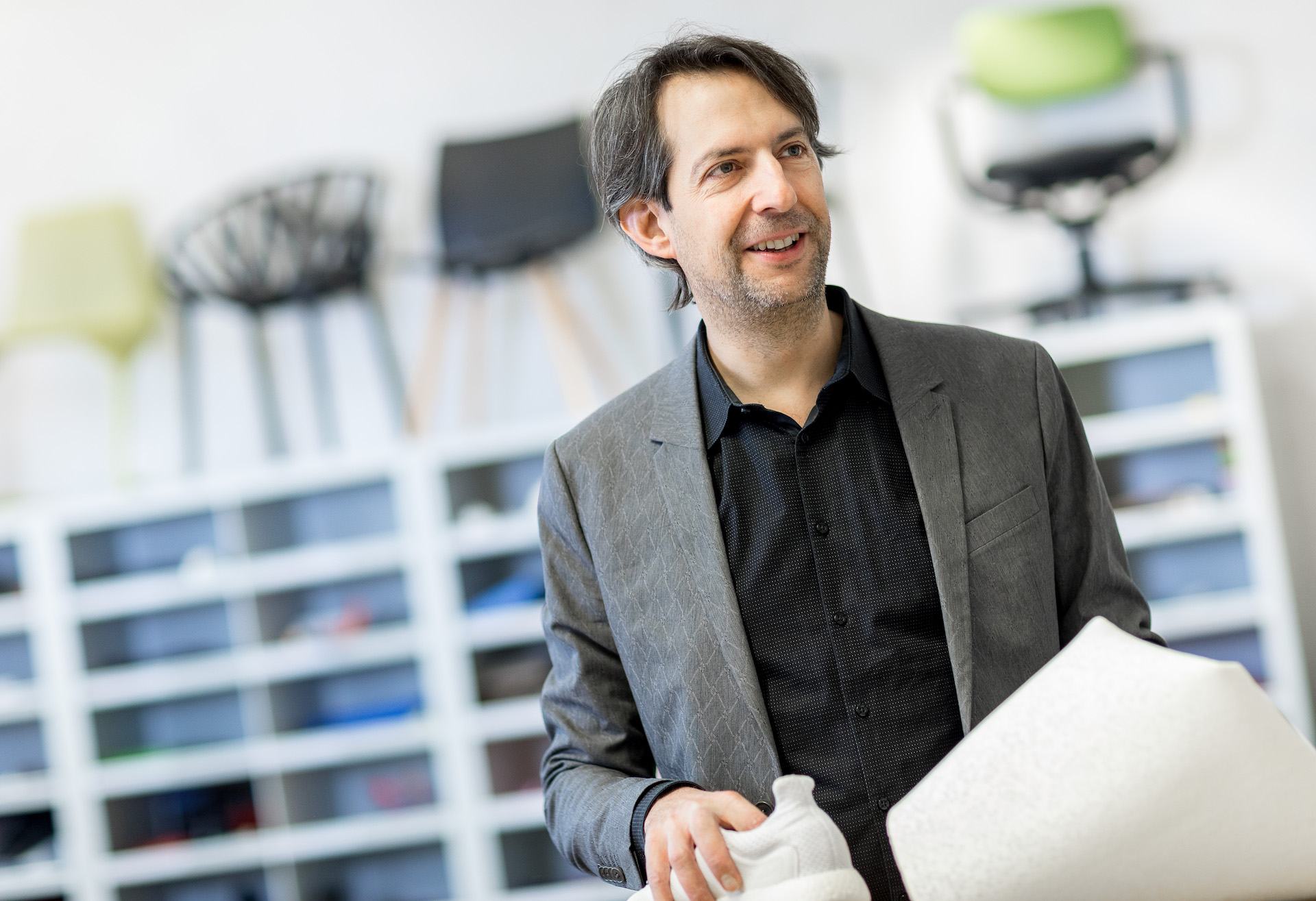
What trends do you foresee for shared vehicles?
Andreas: Cars will be on the road all the time, but people won’t want to enter a car that looks used. Parts that suffer the greatest wear will need to be replaced often and easily, but not so easily that people remove them. Where possible, materials need to be self-healing and self-cleaning. We’re working on these challenges, because they go right down to the chemistry.
Alexandre: Durability is vital – materials that are much tougher in terms of chemical resistance and scratch resistance, avoiding an additional process step of coatings. We are working on materials that naturally possess the right surface properties, like scratch resistance, so we don’t need to coat them.
What else is in the pipeline for designfabrik?
Andreas: We have plans to expand into North America by 2019. We are also working on a Creation Centre concept to bundle the strengths of designfabrik, simulation and trend scouting under one roof.
Alexandre: In Asia, we are doing more work on concept car interiors. We’re drawing on the consumer industry, electronics and wearables, where we’ve worked with clients on everything from wristbands to cables. Material choice is essential to haptic properties. Whenever things are in contact with the user’s body, you really want to pay special attention to the material.
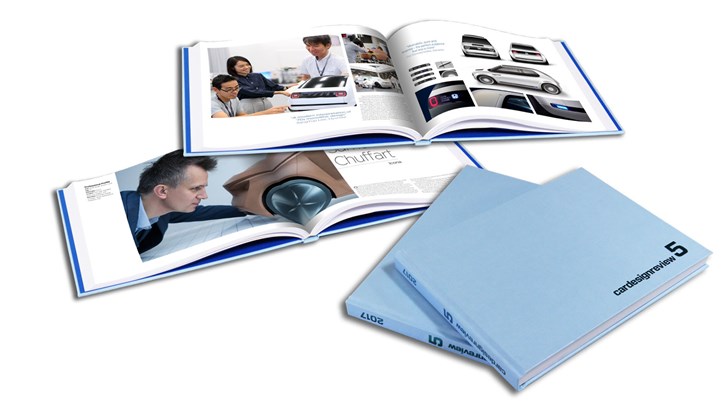
This interview is from our Car Design Review 5, a beautifully-produced 200-page book published this Spring and containing the past year’s finest concept and production cars, plus trend reports, an in-depth feature on our lifetime achievement award winner, industry legend Wayne Cherry, and interviews with many of the world’s foremost designers. If you’d like more details or the chance to purchase your own copy, go here.
































